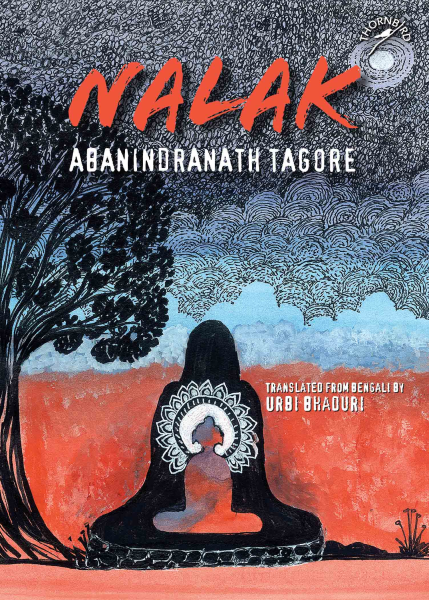
Book
Nalak

Nalak
The story of the Buddha is well-known, yet the original Bengali story of Nalak by Abanindranath Tagore remains unforgettable because of the sheer lyricism of the storytelling and the way in which the journeys of the Buddha and the young village boy Nalak are traced parallely throughout. They are like Rumi’s lovers, seeking each other but in each other all along. The author, literally painting pictures with words, takes us through the story of Nalak’s coming of-age—his quest to find the Buddha, the joys and sacrifices along this path. As in unfulfilled love, Buddha and Nalak never actually cross paths, missing each other by a hairbreadth. But the relationship is still complete. And the bittersweet end describes Nalak’s homecoming, bac to his mother.
Nalak is often treated as a book for children but it far transcends that label. It is deeply moving and profoundly philosophical. Nalak in its English translation has no chapters and the narrative flows like a meditation with subtle pauses. The lyrical quality of the text and the intrinsic visual appeal in Abanindranath Tagore’s descriptions, though hard to portray in translation, have been brilliantly captured and nothing has been lost in translation.
|

